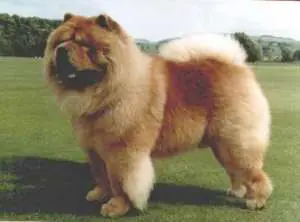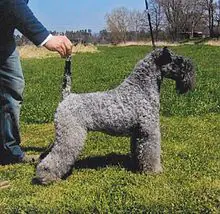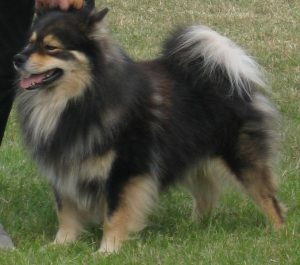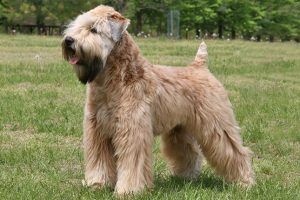Chow Chow
Chow Chow Rescue | Adopt a Loving Chow Chow Rescue Dog Today

-
Breed Group : Non-Sporting
-
Origin : China
-
Average Height : 17" - 20"
-
Average Weight : 45 - 70 lbs.
-
Life Span : 8 - 12 years
Photo Courtesy of : Chows Plus
-
Size
1 2 3 4 5 6 7 8 9 10 -
Energy
1 2 3 4 5 6 7 8 9 10 -
Intelligence
1 2 3 4 5 6 7 8 9 10 -
Ease of Training
1 2 3 4 5 6 7 8 9 10 -
Hypo-Allergenic
1 2 3 4 5 6 7 8 9 10 -
Shedding
1 2 3 4 5 6 7 8 9 10 -
Good with Kids
1 2 3 4 5 6 7 8 9 10 -
Good with Other Pets
1 2 3 4 5 6 7 8 9 10 -
Guard Dog
1 2 3 4 5 6 7 8 9 10








